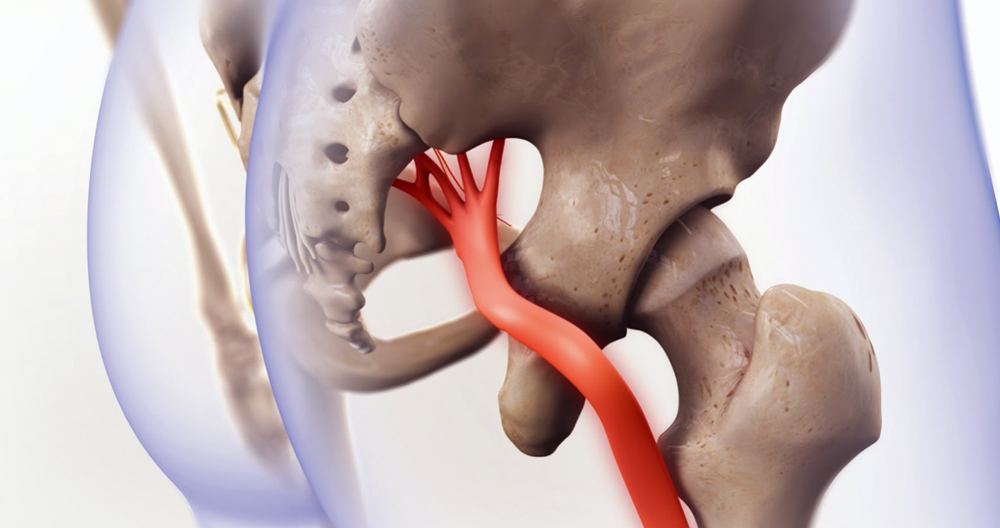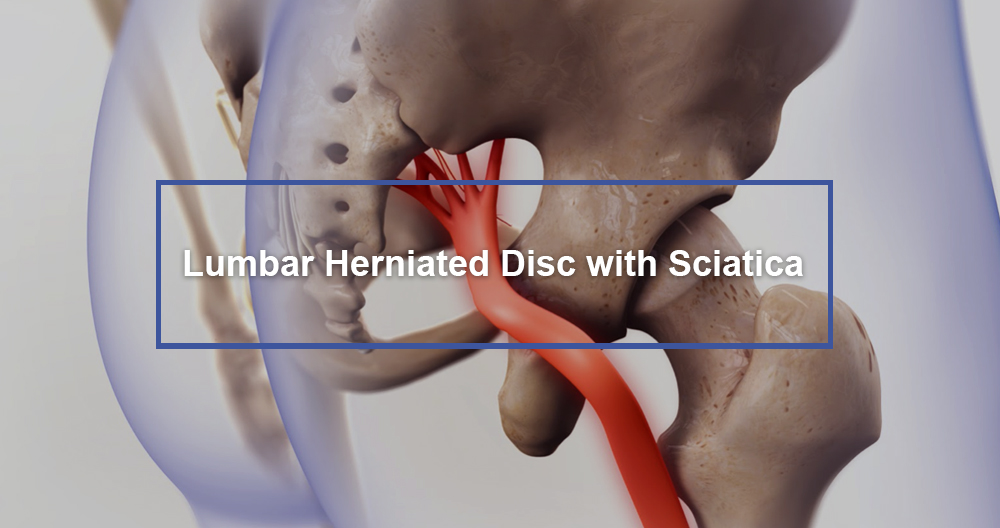What is a lumbar herniated disc (LHD)?
When a disc moves out or bulges, or if it is ruptured or “slipped”, it can cause a herniated or “slipped” disc. This puts pressure on nearby nerves or root nerves. This type is quite common. This can be caused by repetitive movements, improper lifting, obesity, high-impact injury, or simply aging. As we age, our chances of suffering disc injuries increase. The discs can dry out, become cracked or torn and begin to degenerate. A person may also be more susceptible to disc degeneration and herniated discs due to certain genetic factors.
What parts are affected by a sciatica-causing low back disc herniation?
The intervertebral discs, which are like cushions and allow the spine flexibility, sit between the vertebrae. An outer layer, called the annulus fibrusus, surrounds a soft core called the nucleus pilosus. It is similar to hard candy with a soft middle. The spine can be divided into several regions. The vertebrae and discs are numbered according to their level. The L1 to L5 lumbar spine vertebrae (lower back) are labeled with L1 to L5, while the L2 to L5 discs are labeled with L1-L2, and L5 to S1 (where it joins the sacrum).
What are the symptoms for an LHD, and how can they be treated?
LHD can be triggered by several symptoms. The pain can be dull or severe. Sciatica can be described as a specific type of nerve pain. It is caused by a herniated or compressed lumbar disc. Two sciatic nerves are present, one on each end of your body. The sciatic nerve is located in the spine. It runs down the leg. A disc can push on the sciatic nervous, which causes pain that extends from the buttock to the thigh and into the leg. Sometimes, it even reaches the foot. You might also feel numbness or burning sensations (paresthesias), tingling or burning sensations (paresthesias), abnormal reflexes and, in extreme cases, loss or control of bladder or bowel.
How is a lumbar herniated disc diagnosed?
A history and physical examination are the first steps to diagnosing you. Your doctor will take a history and examine your body to determine the cause. LHD is most likely if your symptoms include pain radiating down your legs from straight leg raising (lifting the leg while lying down) and other symptoms such as paresthesias or numbness.
Although X-Rays are useful in diagnosing lumbar herniated discs, other imaging studies like magnetic resonance imaging (MRI) may be needed. X-rays cannot show soft tissues, such as nerves and discs. Additional tests like nerve conduction studies (NICE) and an electromyogram(EMG) will be required to confirm the diagnosis of a herniated spine.
What are the facts about sciatica, low back pain, and sciatica?
Sciatica, while a common condition, is more rare than low back pain. Low back pain affects approximately 80% of the general population. However, sciatica is only 2 to 3% of those who have low back problems.
- LHD cases most often affect people between the ages of 30 and 50.
- L4-L5 is the most common level of herniation, followed by L5 and S1.
What if I have to have surgery?
Sciatica and herniated discs often heal by themselves if they are treated properly with medications, injections, therapy and pain management. Surgery may be recommended if symptoms persist or neurologic issues (such as shooting pain in the leg, numbness or numbness) get worse.
There are several types of spine surgery. The type of surgery that you require will depend on your individual circumstances. Let’s now discuss how to find the best spine surgeon for you, regardless of whether you really need surgery.
Exercises to treat sciatic nerve pain due to a herniated Lumbar disc
A wide variety of strengthening and stretching activities can be used to treat sciatica caused by a herniated disc. There are several types of exercises.
- McKenzie method
- Strengthen your back and abdomen
- Stabilization exercises for the back and abdomen
- Nerve mobilization exercise
Nerve mobilization can treat nerves that have developed adhesions. These fibrous bands of soft tissues that are formed from inflammation and make them stiff, is called nerve mobilization. These adhesions usually develop from a reduced blood flow and swelling in the area around the sciatic nerve root roots. As the adhesions develop over time, they cause pain in the spine root area and travel down the leg to form sciatica.


